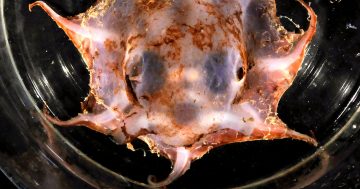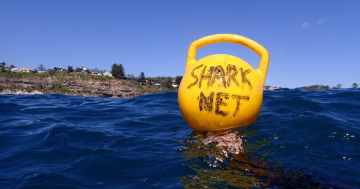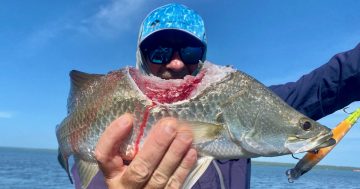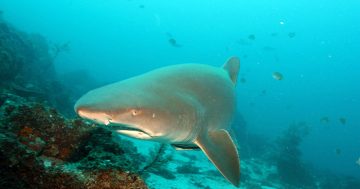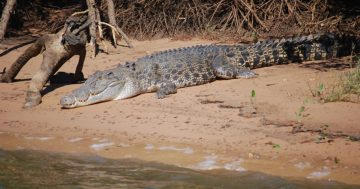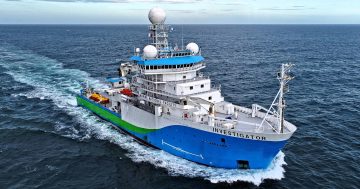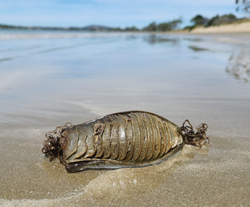 Citizen scientists from across the country are being called on by the Commonwealth Scientific and Industrial Research Organisation (CSIRO) to hunt for shark’s eggs and help researchers learn more about sharks, skates and chimaeras.
Citizen scientists from across the country are being called on by the Commonwealth Scientific and Industrial Research Organisation (CSIRO) to hunt for shark’s eggs and help researchers learn more about sharks, skates and chimaeras.
Biologist, Australian National Fish Collection at CSIRO, Helen O’Neill said by joining the Great Eggcase Hunt and recording sightings of egg cases on beaches and coastlines, Australians would help scientists discover what the egg cases of different oviparous chondrichthyans (egg-laying sharks, skates and chimaeras) looked like – with some species still unknown.
Ms O’Neill said the Great Eggcase Hunt, an initiative of United Kingdom-based charity The Shark Trust, was launched in Australia in partnership with CSIRO to help provide new data for scientists studying the taxonomy and distribution of oviparous chondrichthyans.
“Egg cases are important for understanding the basic biology of oviparous chondrichthyans, as well as revealing valuable information such as where different species live and where their nurseries are located,” Ms O’Neill said.
“Also known as mermaids’ purses, egg cases come in many different shapes and colours, ranging from cream and butterscotch to deep amber and black,” she said.
“They range in size from approximately four to 25 centimetres.”
Ms O’Neill said each different species’ egg case had a unique morphology that was helpful in taxonomy, the science of describing and naming species.
“At the Australian National Fish Collection, we are matching egg cases to the species that laid them,” the biologist said.
“We borrow egg cases from other collections, museums and aquariums around the world and use our own specimens collected from fish markets and surveys at sea or extracted from the ovaries of preserved specimens in our collection.”
She said chondrichthyans had the most diverse reproduction strategies found among vertebrates, encompassing parthenogenesis (no father), multiple paternity (more than one father of the litter), adelphophagy (baby sharks predating each other in the womb) and various modes of egg laying.
Ms O’Neill reassured citizen scientists that egg cases found on beaches rarely contained live embryos, whose incubation times ranged from a few months up to three years, depending on the species.
“Egg cases found washed up on beaches have likely already hatched, died prematurely due to being washed ashore or been predated on by creatures like sea snails, who bore a hole in the egg case and suck out the contents,” she said.
Further information on joining the Great Eggcase Hunt can be accessed at this PS News link.


